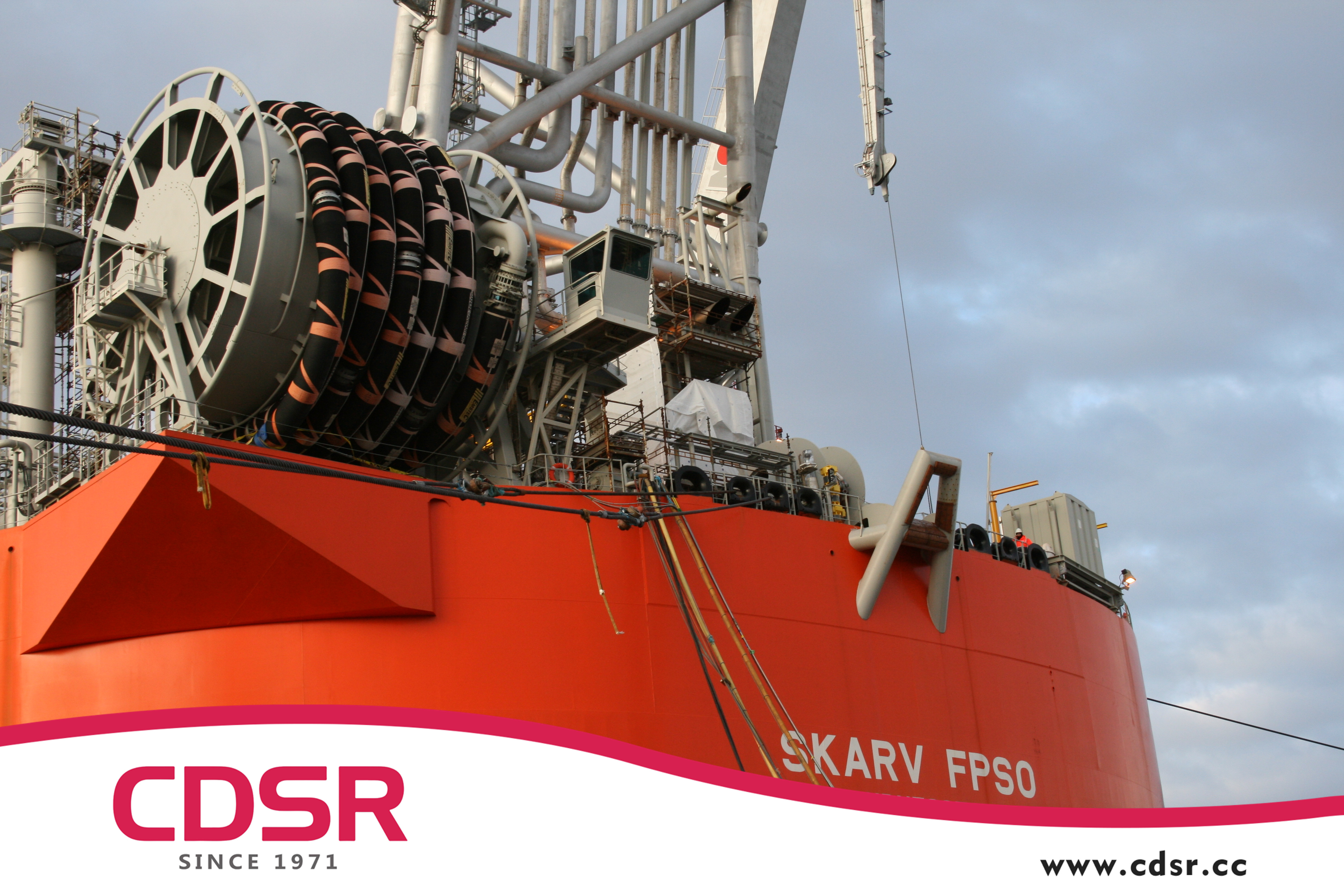In the field of offshore oil and gas development, floating production storage and offloading (FPSO) units integrate production, storage and offloading, and are considered to be the core facilities for deep-sea oil and gas field development. FPSOs are exposed to harsh marine environments for a long time, facing multiple risks such as extreme weather, equipment corrosion and oil and gas leakage. Therefore, strict offshore safety standards have become the cornerstone to ensure their safe and stable operation.
Unique challenges and safety standards required in the offshore environment
The complexity and high unpredictability of the marine environment place stringent demands on the safety of FPSO operations. Natural factors such as strong winds, huge waves, corrosive seawater and submarine geological activities threaten the structural integrity and system stability of facilities at any time. In addition, the oil and gas processing process involved in FPSO is extremely flammable and explosive. Once a fire or explosion occurs, the consequences will be disastrous. To maintain uniformity, consistency and best practices across the industry, international and regional regulatory bodies, including organizations such as the International Maritime Organization (IMO) and the International Association of Oil and Gas Producers (IOGP), develop and implement these safety standards.

The core content of FPSO safety standards
1. Risk assessment and management
Identify, analyze and evaluate potential risks, develop effective control measures, continuously monitor and dynamically adjust management strategies to ensure that risks are reduced to an acceptable level.
2. Design and construction standards
The structure and equipment of FPSO should strictly comply with international standards such as IMO and API, with special emphasis on wind and wave resistance and anti-corrosion design, which ensures that key systems (such as oil and gas processing, well control and fire protection systems) have redundant configuration and fail-safe functions.
3. Operational safety
Develop standardized work processes and operating procedures to prevent human errors, strictly implement on-site management and maintenance plans, and ensure the safety of operators and a good working environment.
4. Personnel training and qualification certification
Continue to carry out training and emergency drills to improve personnel's emergency response capabilities, ensure that operators have professional qualifications, promote the construction of a safety culture, and enhance overall safety awareness.
5. Emergency response and management
Establish a comprehensive emergency plan covering accident types such as fire, leakage and explosion, conduct emergency drills regularly, and equip with sufficient emergency equipment and rescue resources to ensure efficient response capabilities.
6. Environmental protection standards
Comply with pollution prevention regulations, reduce oil and harmful substances emissions, implement environmental monitoring, prevent environmental accidents, and promote the sustainable development of marine ecology.
7. Monitoring and reporting
Deploy a real-time monitoring system, continuously track key parameters and safety indicators, improve accident reporting and investigation mechanisms, and promote continuous improvement of safety management.
8. Technological innovation and digital application
Introduce advanced technologies such as automation, remote operation and digital twins to improve early warning capabilities and predictive maintenance levels, and minimize the risk of human intervention.
Safety Challenges and Solutions for Fluid Delivery Systems
In FPSO operations, the fluid transportation system is the key artery in the oil and gas production process, and its safety and reliability are crucial to the safe operation of the overall facility. Fluid transportation systems need to withstand extreme dynamic loads, corrosion risks, and drastic changes in temperature and pressure in the marine environment. These factors place extremely high demands on the material performance and sealing of the transportation equipment. Once a hose or string leaks, it may cause serious environmental pollution, fire, explosion and other safety accidents, seriously threatening the lives of people and the safety of facilities.
In response to these challenges, CDSR focuses on providing high-quality fluid transportation solutions for FPSO and other offshore production systems. Our product line covers various types including floating oil hoses, submarine oil hoses and catenary oil hoses. They are all made of advanced materials and exquisite craftsmanship, and have excellent properties such as corrosion resistance and fatigue resistance. Each hose passes strict quality inspection before leaving the factory to ensure that it can operate stably and safely in the harsh marine environment and minimize equipment failure rate. We also provide personalized design solutions based on different operating environments to meet customers' special needs in deep-sea operations and complex sea conditions.
Date: 17 Sep 2025





 中文
中文